DIY Heated Neck Wrap with Buckwheat & Lavender
In this tutorial, you will learn how to make a DIY heated neck wrap using buckwheat and lavender at home. This wrap can be microwaved for warmth or kept in the freezer for a cold neck or shoulder wrap. The lavender added to the heat pack makes it very relaxing.
So, I have good news and bad news. The bad news…sometime in the past several months I’ve become very good at carrying all my stress in the scalene muscles on the right side of my neck. Over time, these muscles had become so tight and bound up that I was having numbness and tingling down my arm all the way to my fingers.
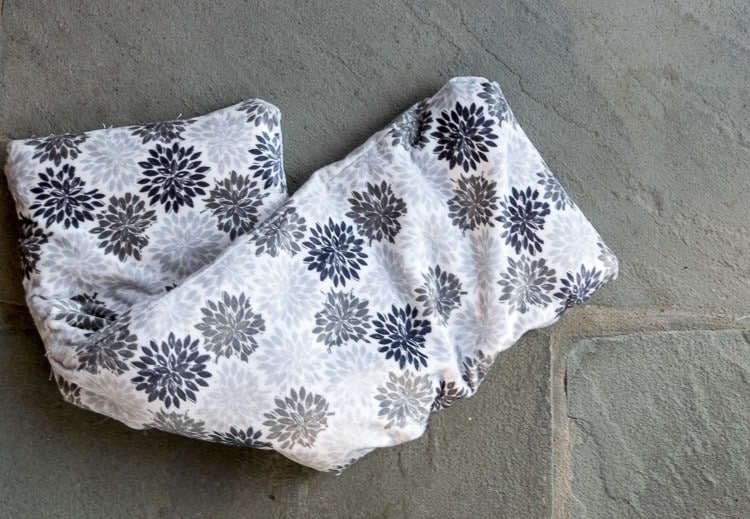
Table of Contents
So, what’s the good news? Well, now I can honestly and without guilt go visit my favorite masseuse, Zeke, who works his magic on the muscles to get them to relax.
It was at my last appointment with Zeke that he mentioned that I would benefit from alternating hot and cold therapy on my scalene muscles, in addition to the neck stretching exercises he showed me and mentioned a specific brand of a buckwheat neck wrap. I am by no means the most frugal gal on the planet, but even I had a hard time swallowing the $50+ price tag for buckwheat hull stuffed pillow! (Did you see what I just did there? Talking about ‘neck muscles’ and ‘swallowing’ in the same paragraph? Pretty darn clever, huh?)
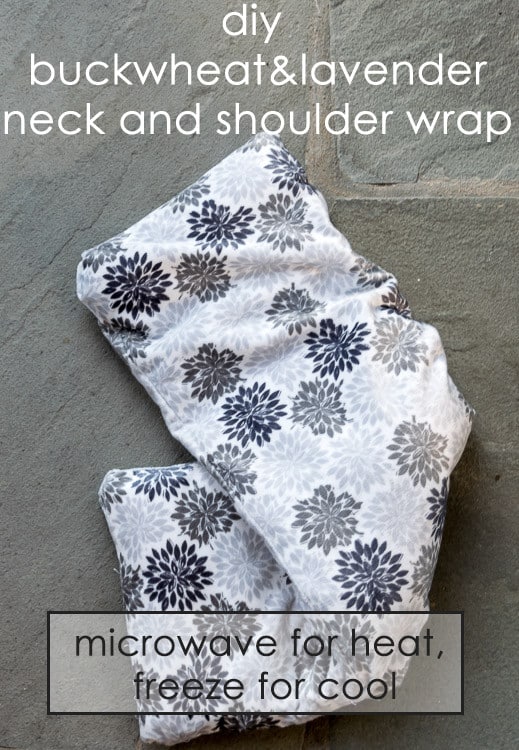
So, the second piece of good news? I sat down and made several DIY heat packs for the price of buying one and now I’m going to share the how-to with you! These homemade lavender scented, buckwheat heating pads were just what the doctor ordered to help relax my tight neck and shoulder muscles.
How much does it cost to make an 8″ X 25″ DIY Neck Wrap?
Some of these links may be affiliate links and I may earn a small commission off of the sale of these products to help defray the costs of operating this site, but the price you are charged is not affected. You can see my full disclosure policy here.
For my 8″ by 25″ microwavable neck wrap I used the following:
$4.00 – 1/4 yd Soft N Comfy Minky Fabric from JoAnn’s Fabric
$2.50 – 1/4 yd knit cotton, like t-shirt material. I found it more economical to buy XXL t-shirts at the crafts store. One XXL t-shirt will make 2 8″ X 25″ neck wraps
$5.75 21-ounces of organic buckwheat hulls. I bought this 5lb bag and have made 4 heating pads from the bag. Or you could purchase by the pound here.
Total: $12.25
How many pounds of buckwheat hulls do you need to fill a DIY heat pack?
Use this calculation to determine how many ounces/pounds of buckwheat hulls you will need to appropriately fill your heated neck wrap:
Total Square Inches of Finished Wrap divided by 9.5 = Ounces of Buckwheat Hulls to Fill Wrap.
What Materials Do You Need To Make A 8″ X 25″ Buckwheat Heating Pad?
- 1/4 yard Cotton Material for the inside of Heating Pad (I found an XL cotton t-shirt more economical than purchasing fabric)
- 1/4 yard Soft Material for Exterior of Heating Pad
- Cotton Thread
- 22 ounces Buckwheat Hulls
- Dried Lavender (optional)
How To Make A DIY Heat Pack For Shoulders & Neck:
- Cut fabric for the interior pillow: 9″ by 26″ (finished dimensions plus 1″ added to length and width)
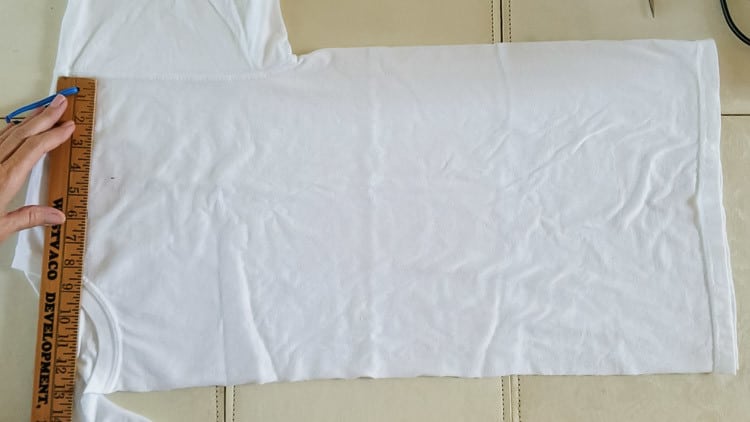
- Sew 2 long sides and 1 short end of the interior pillow
- Turn right side out
- Fill the interior ‘pillow’ with buckwheat hulls based on the chart above. For my 8″ x 25″=200 Total Square Inches/9.5 = 21 ounces of Buckwheat Hulls)
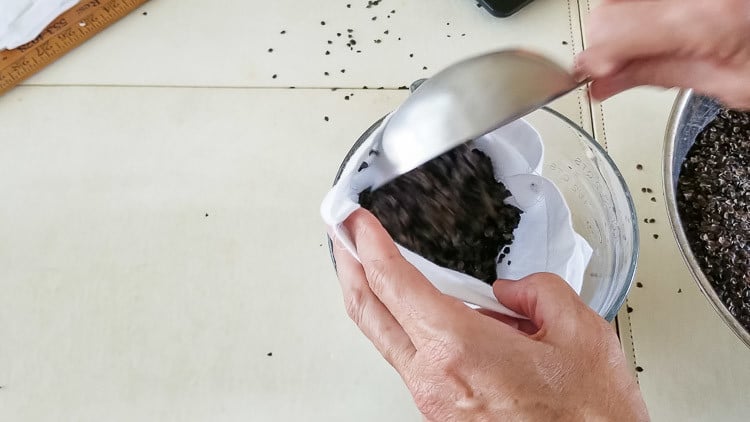
- (Optional) Add dried lavender for an Aromatherapy Heat Pack
- Sew the open end of the heat pack closed
- Divide the buckwheat hulls in half within the buckwheat heating pad by weighing each half of the pillow and moving the hulls from one side to the other until equally divided. Use your scale to weigh each half to get the hulls equally distributed.
- Mark the halfway point of the ‘pillow’, with half of the hulls on each side, and sew a seam down the middle.
- Then quarter each half and sew seams so that you have 8 ‘channels’.
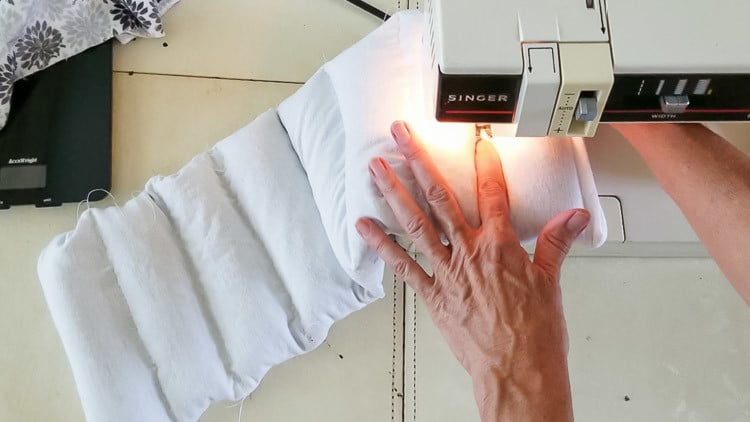
- Measure the finished inside of the buckwheat heating pad and make note of those measurements. You will cut 3 pieces of cover fabric:
- For the width of all of your cover fabric pieces, cut your fabric the width of the pillow plus 1”
- Cut one piece of cover fabric the length of your pillow plus 1” (Piece A)
- Cut one piece of cover fabric 75% of the length of your pillow (Piece B)
- Cut one piece of cover fabric 40% of the length of your pillow (Piece C)
- Turn over and hem one end (not a side) of each of the 2 shorter cover pieces
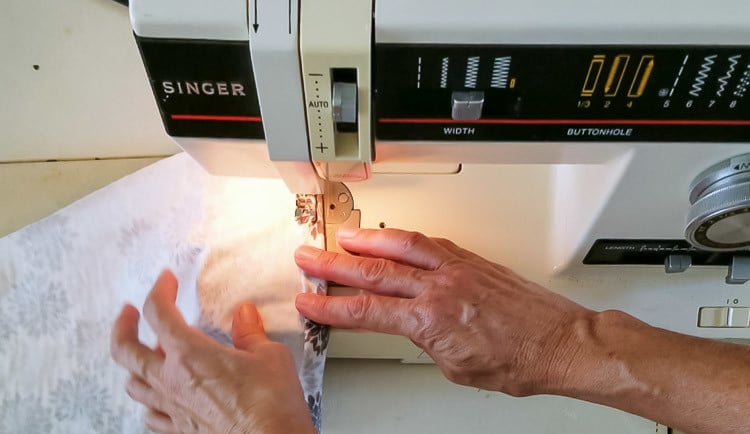
- With the right sides together, sew the 3 unfinished sides of Piece B to Piece A.
- Then attach the unfinished sides of Piece C to the other end of Piece A.
- Turn cover right side out and stuff with buckwheat filled pillow.
See the full video here
Can you Wash Your DIY Heated Neck Wrap?
You can definitely wash the cover, but do not wash the pillow holding the buckwheat hulls.
For How Long Do I Microwave This Neck Wrap?
Start with 30 seconds and adjust accordingly. Don’t walk away! I did burn mine by leaving it in the microwave too long. But, once perfectly warm, you will appreciate the moist heat from the heated buckwheat hulls.
Want to refer to this DIY Heated Neck Wrap in the future? Bookmark this page or pin the following image.
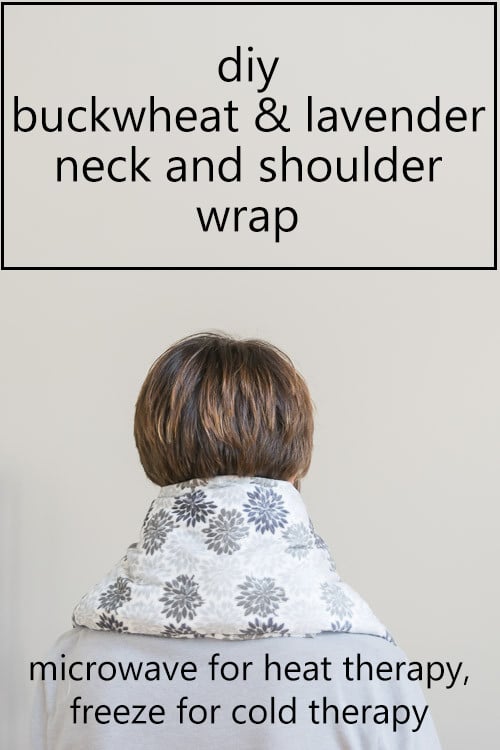
Thanks again for spending a few minutes of your busy day with me today. Please know that I welcome each and every comment that comes my way. If you want to make sure you don’t miss future content, pop your email in the beige box up on the right or click here. I usually send out 1 email a week, so I won’t inundate your inbox…believe me, I’m sensitive to an overflowing email inbox!
When you subscribe to Nourish and Nestle, be assured that we will only use your email address to send you emails that will keep you up to date with the latest news and content on the site. In addition, you will have access to my growing library of knit patterns, crochet patterns, as well as other printables. This library will continue to grow, so check back often.
Please know that you can unsubscribe at any time by emailing me or clicking on the “unsubscribe” link at the bottom of all emails.
Did you know that you can access many of the products I refer to in all of my posts on my Nourish and Nestle Amazon Page? You can access it here.
So, if you’d like to get in on the ‘subscriber benefit’ action, simply subscribe to Nourish and Nestle here or using the form on the right sidebar. It’s towards the top a bit. I have sent all my subscribers the link to the Subscriber Benefits Library. If you missed it or misplaced it, drop me a line.
Until next time…
Hugs,
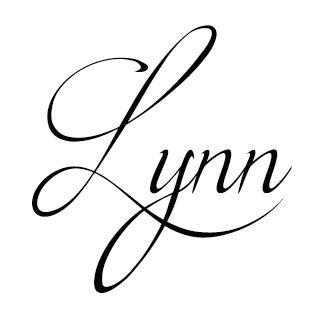

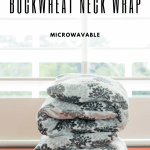
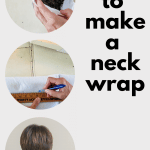
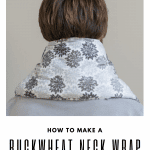
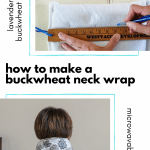
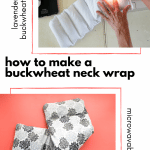
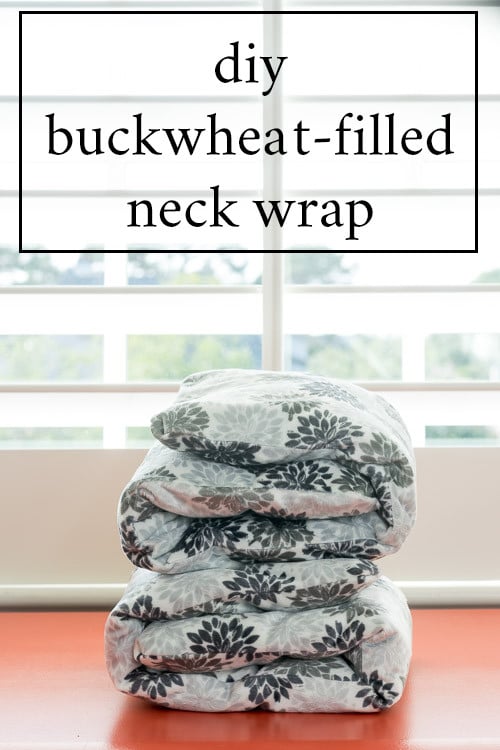
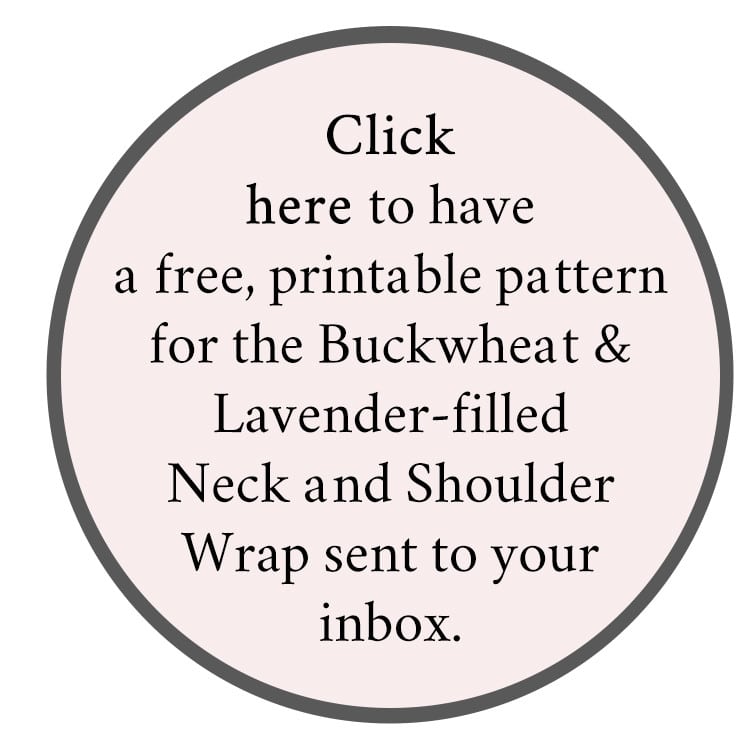
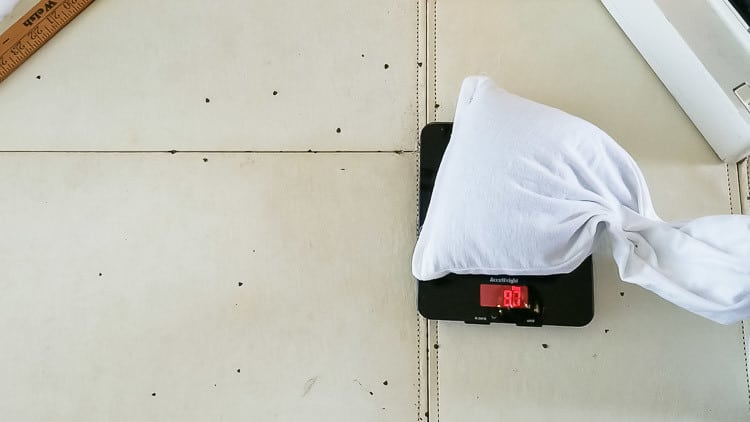
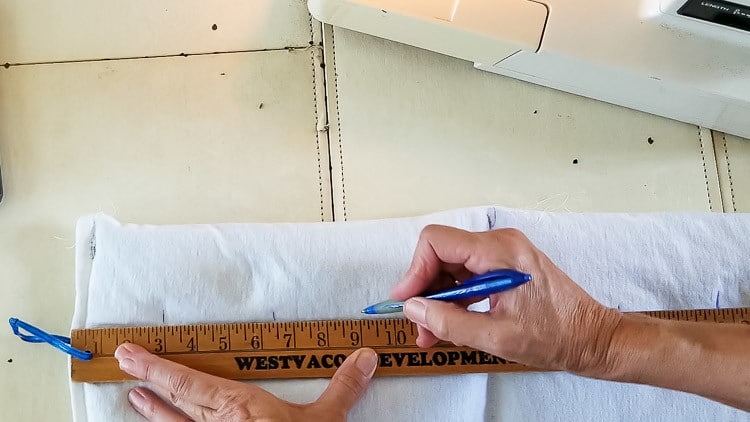
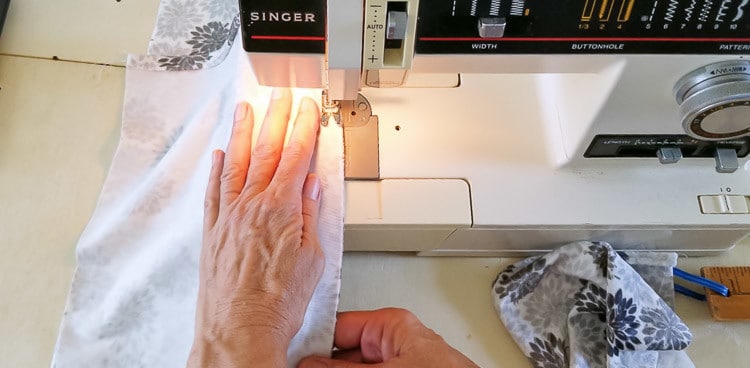
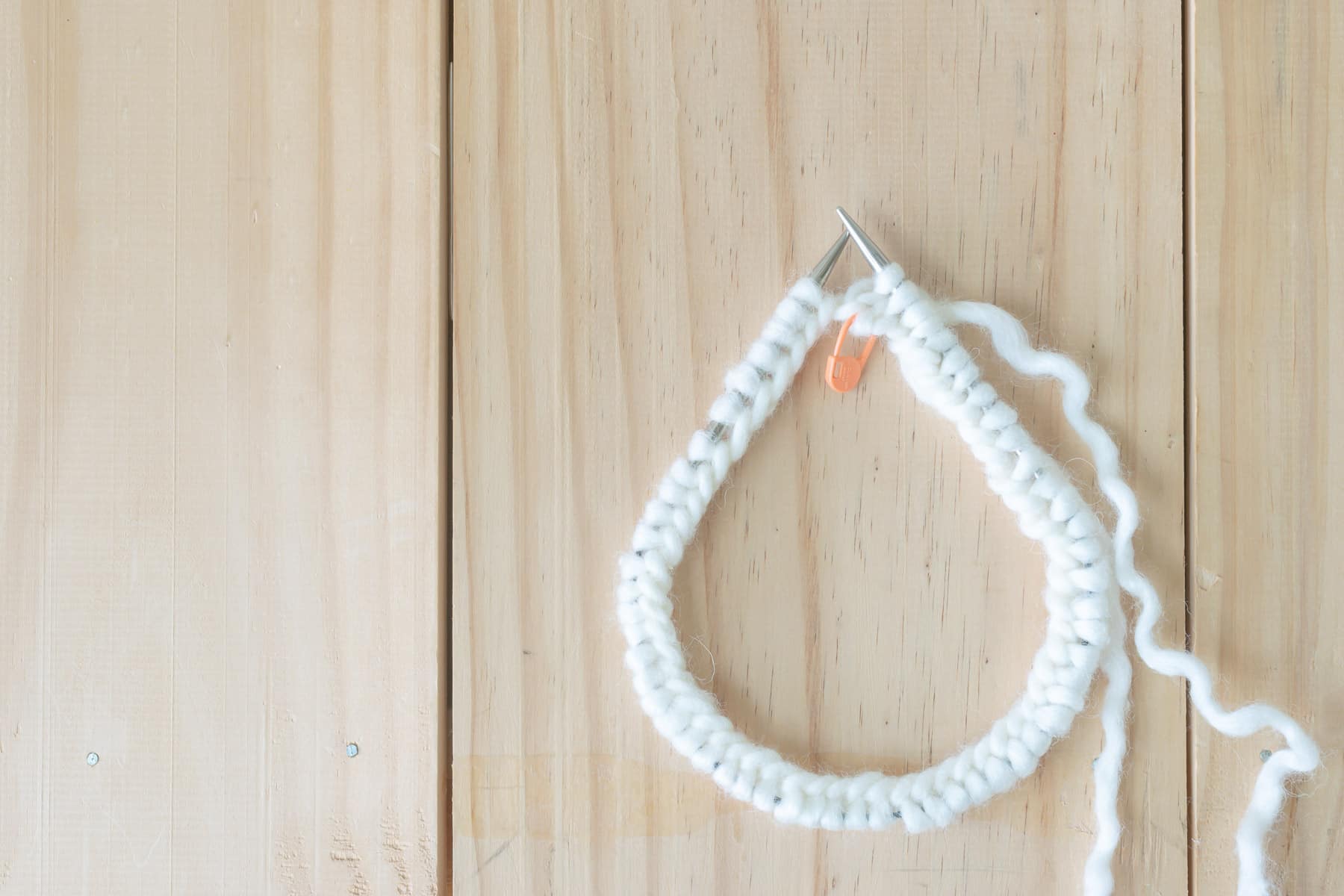
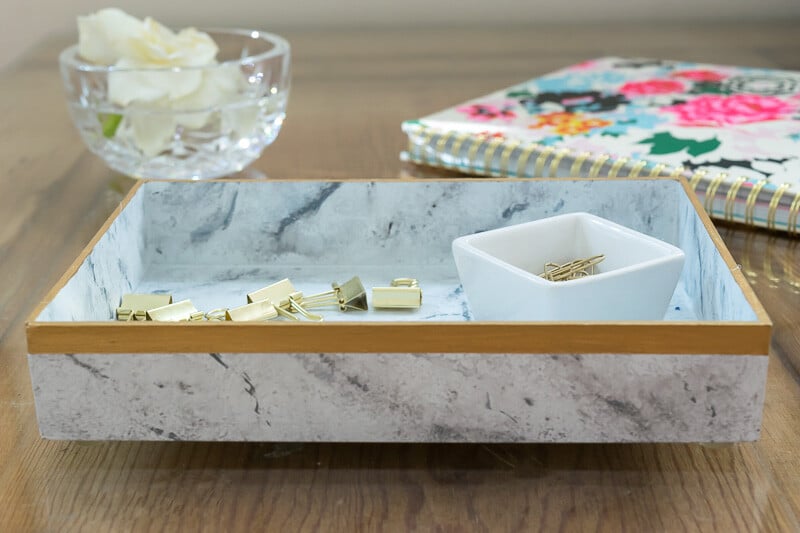
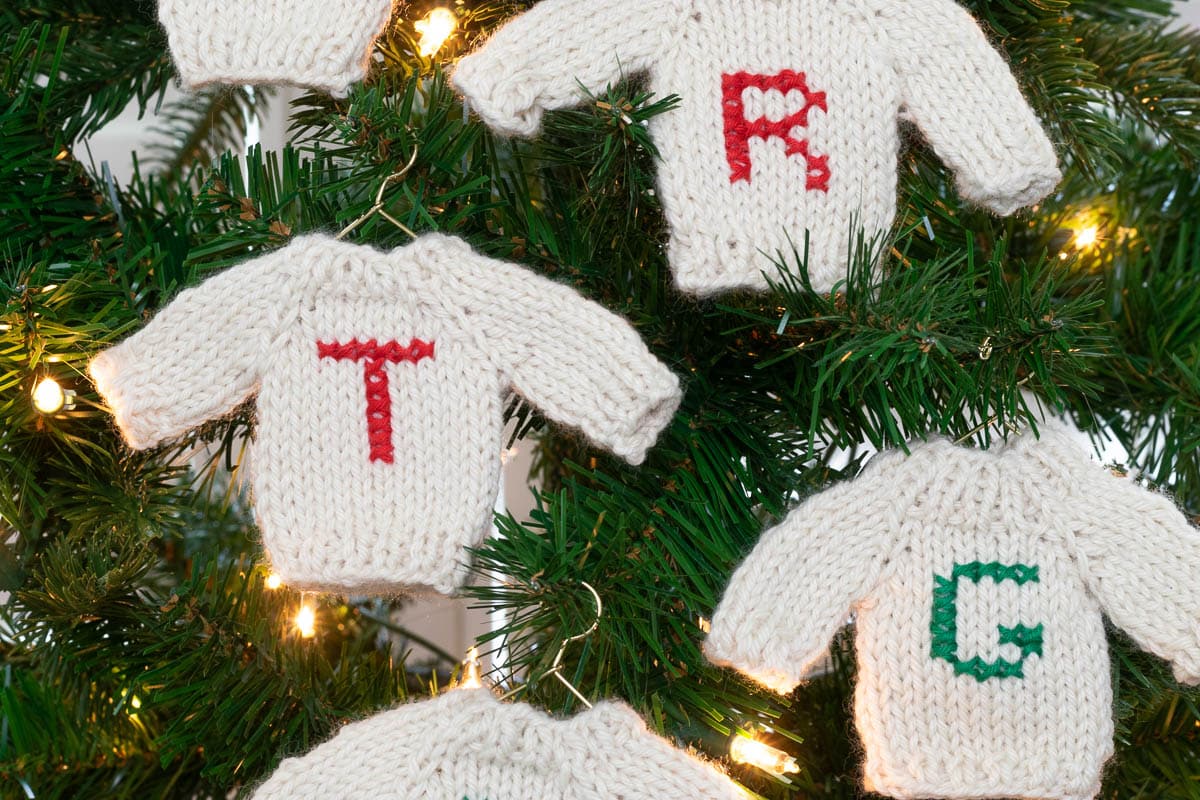
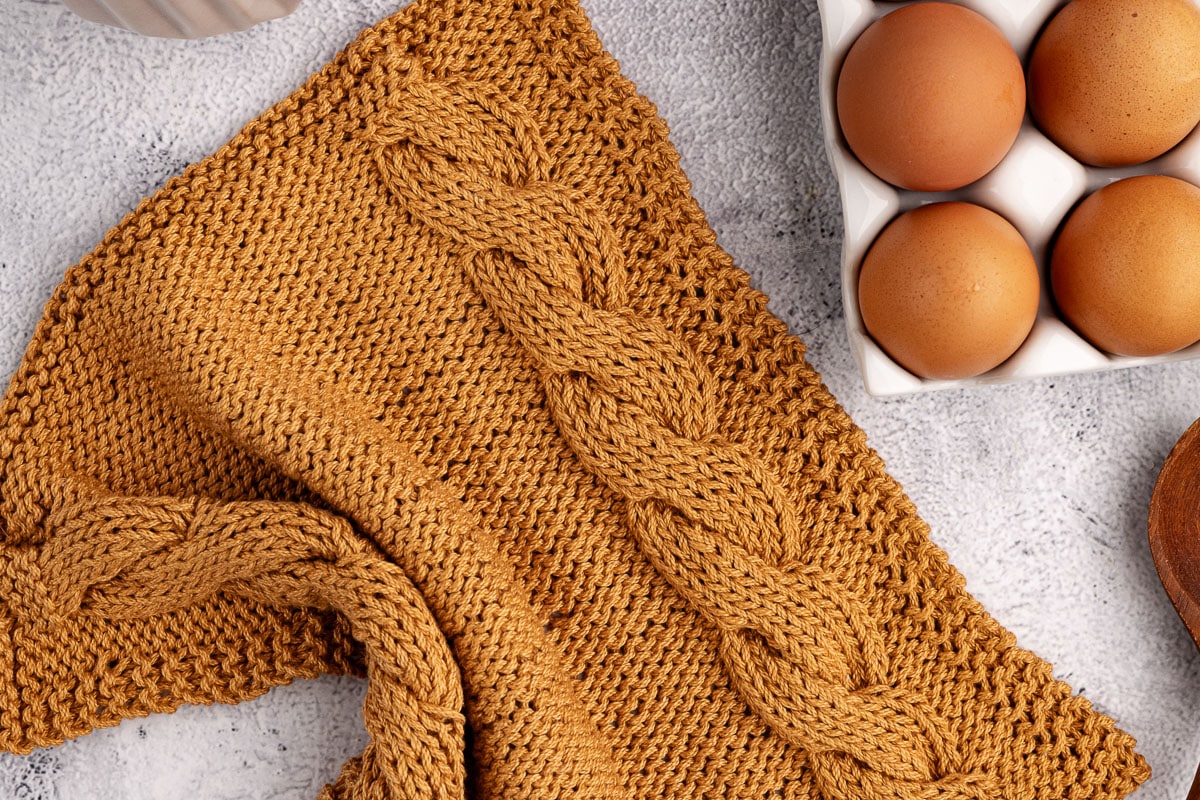
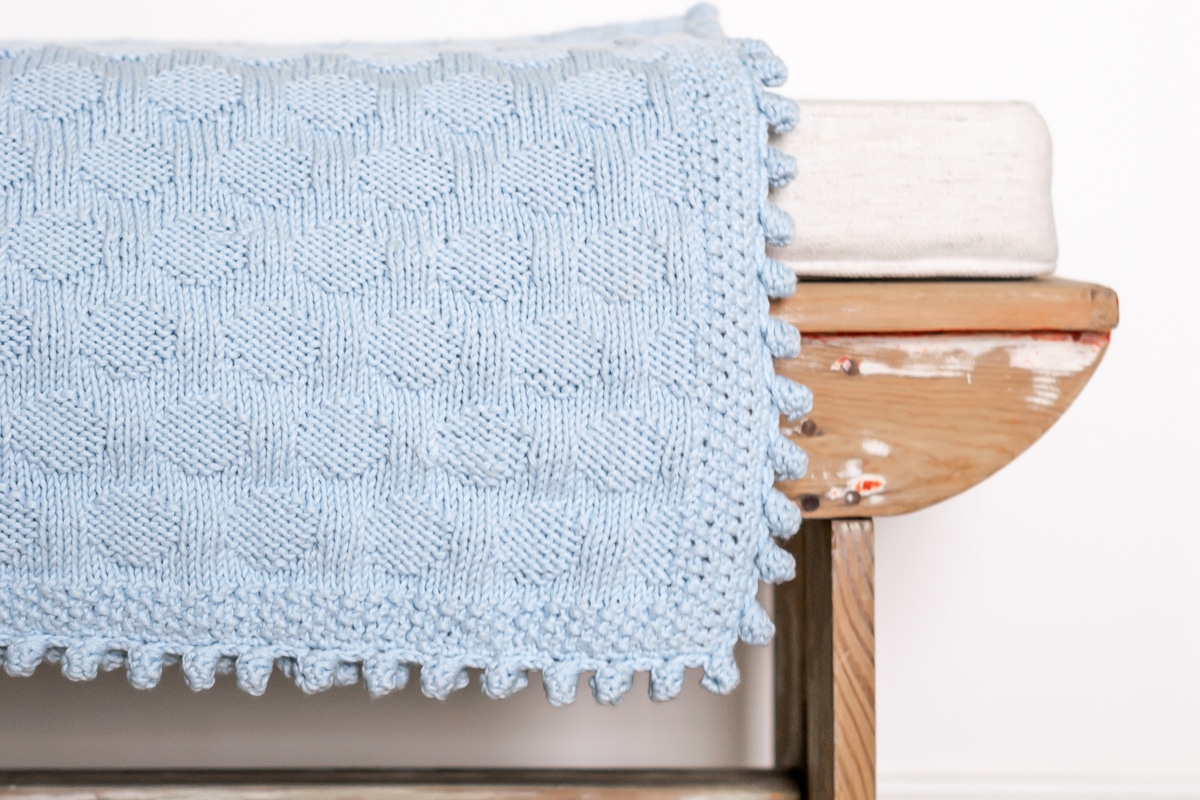
I carry stress in my neck as well. Trying to learn how to flush the stress and I find that takes a little more focus. Love this project idea, great set of instructions too. Thanks!
We women…need to do a better job of managing our stress! But I do love these wraps…really do help. That being said, I do believe it is time for another visit to Zeke!
Hi, Lynn!
Glad you are enjoying the fall. It is my favorite season. I have a few questions and concerns about the heating pad. I used to have one of these – it got lost in my move – and have always wanted to try my hand at making one. Mine didn’t have a removeable cover, so I am wondering if you heat the whole thing (or just the pad itself). If so, should the cover be made from 100% cotton. When I make my microwaveable bowl cozies, I make sure everything, including the batting and thread, is 100% cotton. I have read of some catching fire in the microwave, although I’ve always wondered if those claims might have been due to something spilled on the cozy. I did notice that you were specific about the cotton thread and that the heating time is shorter than one would use for heating a bowl of soup
Thank you for giving us another wonderful pattern and gift idea (even as a gift to ourselves!).
Hi BetteAnn,
Good question! The outer, removable cover is not cotton and can be removed so that you can heat the inner pad, the cover of which is made with 100% cotton. That being said, we’ve gotten lazy and have been microwaving the whole thing, without removing the non-cotton cover, and have not had any issues.
You could absolutely make the removable cover of 100% cotton if you want to be extra safe!
Thanks again for that question, I’m sure others will have that question too!
Hugs, my friend.
Lynn
Hello Lynn,
I know this is an older post from you but I’ve finally found time to sit down & make it for my daughter & myself! I’m excited to see how it turns out! I discovered your wrap while looking for a D.I.Y. heating pad. My daughter suffers from a rare affliction (Chiaris Malformation). She’s plagued with excruciating migraines that are beyond painful. She doesn’t do well with medication & we take a more homeopathic, holistic approach to her condition. This feels like a winner between the heat and the buckwheat plus lavender. I want to thank you for sharing all that you do. Sometimes the simplest of things can mean worlds to another out there on the internet . I love so many of the things you create. Thank you again.
Hi Mel,
I am so sorry your daughter has to deal with Chiaris Malformation and the resultant headaches. I was not familiar with this condition so I just did a little research; I can only imagine the pain it causes your daughter and I am hopeful that the heating pad gives her some relief. No matter what ails us, like you, I always try to find a more natural remedy.
And I am so glad you find some of our projects useful/fun! That is surely my goal.
Do pop back in and let me know if the heating pad helps your daughter!
Many hugs to both of you,
Lynn
I tried to get the PDF of the pattern, but it didn’t show up in my inbox. Can you send it to me?
Good Morning Emily, it’s on the way!
Pattern did not come to my inbox. tried twice
Hi Anne, I’ve sent the neck wrap to you. Check our inbox.
I’m excited to make these for Christmas gifts! Yesterday I signed up to receive the pattern for this but it hasn’t shown up in my inbox. Is there a way to get it sent? Thanks so much!
Hi Ally, you should have received it by now. Let me know if you still haven’t.
Lynn
Heating instructions say “30 minutes” do you mean minutes, or seconds? Any that I have ever used usually say 30 seconds, shake and and 30 seconds etc until the correct heat is achieved.
Oh gosh! Thanks for heads up! Yes…30 seconds.
Hi, Lynn – I just found your post and hope to try an experiment. I am a chocolate-maker…making chocolate from organic cacao beans that come to me raw and fermented. I roast them, and then winnow off the husks before making chocolate by refining the crushed “nibs.” For years I’ve been saving the husk from batches of chocolate, always thinking there must be a good use for them. Not good for compost or mulch in households that ever have pets present, so…back to the drawing board. I now wonder if these husks could substitute for buckwheat in a wrap like these….and maybe lavender wouldn’t be needed if they smell a little like chocolate.
Hi Denise,
What a great question! While I can’t attest 100% that the cacao husks would be a fine substitute, but I’d sure give them a try! Before I went too far down the road, I’d microwave a cupful to see how they respond. If they don’t burn quickly and do retain hit, I’d go for it! Please come back and let me know how that works.
Lynn
Hello Lynn,
Thanks for posting this great project! Just wondering how much dried lavender you add to the pillow?
Hi Carmie,
I added about 1/3 of a cup to each pillow.
Happy Making!
Hugs, Lynn
i am having a heck of a time sewing the channels past 4. it is almost impossible to move the hulls out of the way of the needle. I have followed the measurements to a T and have not overstuffed. I am using the 21oz hulls with my 8×25 (cut at 9×26) inch sack/pillow. what could be wrong?
Hi Geni,
I’m so sorry you are having troubles. Let’s try to solve this. Does it seem you have the hulls equally distributed? Did you sew a channel down the middle first, separating the hulls in half? What kind of needle are you using? It may be that you need a needle for heavier material, like a size 90 or 100.
Lynn
Please send pattern 🙂